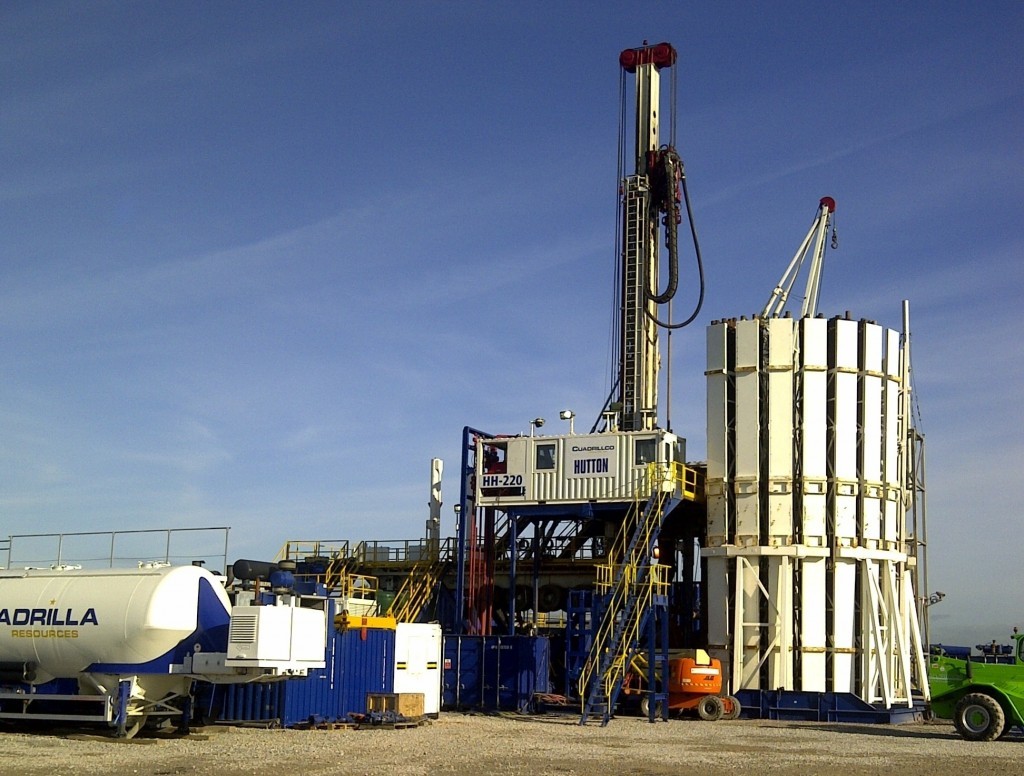
Since operations restarted in October, Cuadrilla has had to pause activity a number of times following tremors at its Preston New Road site in Lancashire, north-west England.
Since October 15 – when hydraulic fracturing restarted following a seven year hiatus in the UK, the company has been forced to halt activity several times as seismic activity in the vicinity exceeded regulatory guidelines.
Most recently, an event with a magnitude of 1.5, the largest since fracking restarted in October, saw operations temporarily halted at the site.
Staunch local opposition to the drilling has continued apace, with several legal challenges set to be launched through the end of December.
The most recent action will focus on government proposals to alter planning permission for shale gas projects, first announced back in Q2.
Implications
The regulatory ‘traffic light’ system for managing seismic activity in the UK states that in the occurrence of a seismic event above a magnitude of 0.5, operators must suspend all activity and then monitor seismicity for further events before then potentially resuming.
For Cuadrilla, this framework has driven sporadic stoppages in activity since October. For the industry, whilst these seismic events are extremely small on a relative basis, the disruption to work flow and the publicity surrounding such events, will slow momentum for future operations.
What’s Next?
From a broader perspective, the early stoppages in activity and persisting social opposition are indicative of the wider barriers to the viability of UK shale over the longer term.
Even with fracking now taking place in the country, the completion of the small drilling schedule will provide an extremely small proportion of the required activity to properly delineate and quantify the existing resource base in the UK.
Consequently, a high volume of additional drilling will need to take place, the s cope for which we believe to be shrinking.
The UK gas market remains fundamentally well supplied. New field start-ups have successfully boosted UK gas production annually from 20 13, increasing from 38.5bcm to 42.1bcm in 2017.
While this is a small increase, it is a significant reversal from declines seen from 20 11-20 13. We are positive on domestic production, expecting output to increase to a peak in 2021 following the start-up of the Culzean cluster area and the Tolmount field.
Whilst it remains that the UK will become increasingly reliant on gas imports over the back end of our forecast period to 2027, our expectations for both LNG and European hub prices to remain lower, will ensure ample supply of competitive gas to the UK market.
Subsequently, the urgency for a new domestic source of gas, especially one that is so socially contentious is diminished.
Recommended for you
